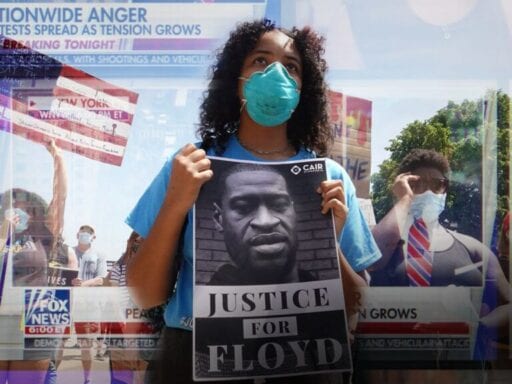How the news screws up protest coverage, explained by experts.
The killings of George Floyd, Breonna Taylor, and Ahmaud Arbery have ignited protests around the world. Those protests have dominated news coverage lately — but when it comes to communicating the demonstrations’ scale, character, and purpose, a lot of that coverage falls short.
Part of that is because of the media’s incentive to highlight the most dramatic imagery; it’s why so much protest coverage has been filled with violent and chaotic scenes of fire, looting, and tear gas. But it’s also because of the nature of protest imagery itself.
In this video, journalism professor Jason Johnson and Vox visuals editor Kainaz Amaria explain that while the news can show you what a protest looks like, it’s a lot worse at telling you why it’s happening.
You can find this video and all of Vox’s videos on YouTube. And if you’re interested in supporting our video journalism, you can become a member of the Vox Video Lab on YouTube.
Support Vox’s explanatory journalism
Every day at Vox, we aim to answer your most important questions and provide you, and our audience around the world, with information that has the power to save lives. Our mission has never been more vital than it is in this moment: to empower you through understanding. Vox’s work is reaching more people than ever, but our distinctive brand of explanatory journalism takes resources — particularly during a pandemic and an economic downturn. Your financial contribution will not constitute a donation, but it will enable our staff to continue to offer free articles, videos, and podcasts at the quality and volume that this moment requires. Please consider making a contribution to Vox today.
Author: Danush Parvaneh
Read More



